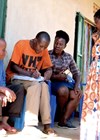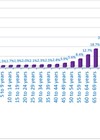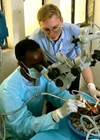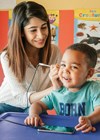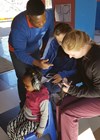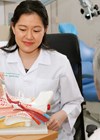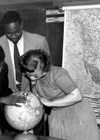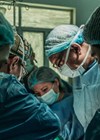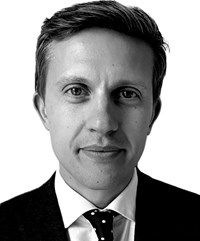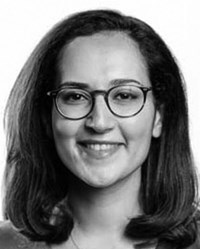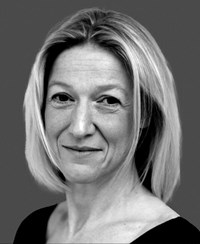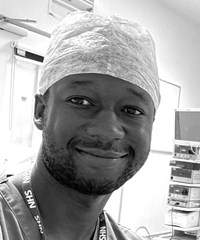ENT features
Bringing ear care and hearing services to the hardest to reach: the potential of primary healthcare workers
Can workers from the local community plug the workforce gap in providing ear and hearing care? Bringing ear and hearing care services closer to the community remains a key component of reducing the burden of ear and hearing conditions across...
Mapping the financial and disease burden of hearing loss and associated interventions
The prevalence and burden of ear and hearing disorders is huge and, historically, has been underappreciated. Globally, unaddressed hearing loss poses a growing public health challenge, requiring urgent attention from policymakers, health professionals and civil society. The recently published World...
Promoting human rights of deaf communities in low-resource settings
Stigma and misconceptions about deafness are serious impediments for many deaf people to realise rights and potential in some of the most challenging situations globally. Around 430 million people are estimated to live with moderate or higher levels of hearing...
Outreach to build capacity for surgical ear care in low-resource settings: challenges and opportunities
There are successful models for delivering complex ear surgery where resources may be more limited. Ear, nose and throat conditions are frequently overlooked when global health issues are considered, but hearing loss is the world’s most common sensory deficit, and...
Mobile technologies to support global ear and hearing care
By combining mobile technology with artificial intelligence, more people can access ear and hearing care. The World Health Organization (WHO) estimates that worldwide, nearly half a billion people have moderate or worse hearing loss [1]. The vast majority of people...
Using tele-audiology in Zambia’s ear and hearing care desert
Addressing the medical desert with tele-audiology and tele-education. If a ‘medical desert’ is defined as a community that lives more than 60 miles away from the nearest acute care hospital, then try to imagine an appropriate term for a situation...
Differing outcomes of three Sub-Saharan Africa journeys with the common goal of task sharing in audiology
Task sharing can be designed and implemented specific to the needs of each programme. Foundational principles of global health include developing local leadership as a means to successful sustainable service provision in low- and middle-income countries (LMIC) or regions. It...
Barrier and opportunities for hearing care: finding a way forward for all
Ideal models of care for communities can include tailored ear and hearing care interventions. Barriers exist at an individual and societal level to realise the vision of hearing care for all, regardless of country or resource setting. Affordability of hearing...
Andrew Foster and deaf education
This article examines the career of deaf African American, Andrew Foster, and his contribution to deaf education in Sub-Saharan Africa. The history of medicine has often been guilty of attributing great revolutions to a single person (usually a white man)...
Bettear: one start-up’s journey to bridging a technological gap in pursuit of auditory accessibility
Imagine your disappointment if you have been looking forward to seeing your favourite grunge band play live at the Dog and Duck for weeks. Your family is bored of you constantly playing their greatest hits. But when you turn up...
The future of treatments for hearing and balance: a 15 and 50-year perspective
Jameel Muzaffar and Manohar Bance paint a picture of what otology will look like 15 and 50 years’ time. Will we still need doctors? Will there still be an ENT news journal? The last 50 years have seen advances including...
Cochlear implants: recipient stories
The most powerful evidence for the remarkable achievements made with cochlear implants over 40 years comes from the life-changing, personal stories of those who have benefited from the technology. James Rylance I first noticed a problem with hearing when I...


